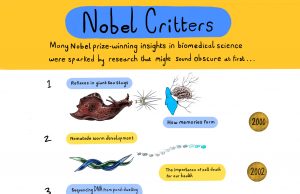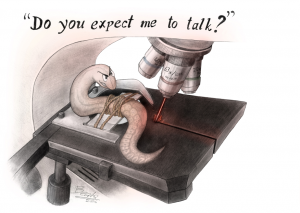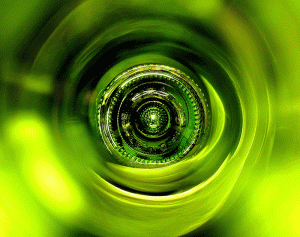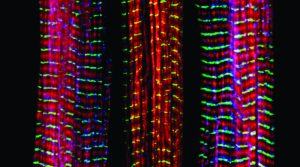Enter your address to receive notifications about new posts to your email.
Articles tagged C. elegans
(43 results)
-
Genetics Society of America honors Barbara Meyer with 2018 Thomas Hunt Morgan Medal
The Genetics Society of America (GSA) is pleased to announce that Barbara Meyer is the recipient of the 2018 Thomas Hunt Morgan Medal, which is awarded for lifetime achievement in genetics. This honor is given in recognition of her groundbreaking work on chromosome behaviors that govern gene expression, development, and heredity. Meyer’s studies of how…
-
Circulomes vary based on cell type
In the 1980s, scientists first noticed circles of DNA interspersed among the normally linear chromosomes of eukaryotic nuclei. Little is known about these molecules, which are called extrachromosomal circular DNA (eccDNA). Variation in eccDNA appears to be biologically significant; development of an organism often comes with increased numbers of eccDNA, for example, and certain types…
-
Frontiers of Knowledge: An Interview with 2017 Edward Novitski Prize Recipient Jonathan Hodgkin
The Genetics Society of America’s Edward Novitski Prize recognizes a single experimental accomplishment or a body of work in which an exceptional level of creativity and intellectual ingenuity has been used to design and execute scientific experiments to solve a difficult problem in genetics. The 2017 winner, Jonathan Hodgkin, used elegant genetic studies to unravel…
-
Stressed-out worms hit the snooze button
When you catch a nasty cold, curling up in bed to sleep may be the only activity you can manage. Sleeping in response to stress isn’t a uniquely human behavior: many other animals have the same reaction, and it’s not clear why. While the circadian sleep that follows the pattern of the clock has been…
-
Why do so many Nobel Prizes go to scientists working on fruit flies?
As night fell, astronomer Jean Jacques d’Ortous de Mairan watched a plant’s leaves, symmetrically arranged side-by-side on a stem, clamp shut. It was 1729, and he was studying the dramatic nocturnal movement of Mimosa pudica. Strangely, he found that the plant behaved the same way even when it wasn’t exposed to natural cycles of light…
-
Germline immortality in C. elegans depends on epigenetic inheritance
Inheriting a trait from a grandparent doesn’t always involve their DNA sequences. In many organisms, some traits can be passed down for multiple generations via non-sequence based mechanisms, a phenomenon called transgenerational epigenetic inheritance. The most familiar example is that human disease risk might be influenced by the lifestyle of a person’s grandparents. But by…
-
Worm Art at #Worm17
For the past 20 years, Ahna Skop has organized the Worm Art Show at the 21st International C. elegans Conference. These are the winners from #Worm17, which was held in June 2017 at UCLA. Click on any image to view it full size. Best In Show “Do you expect me to talk?” Beata Mierzwa (BeataScienceArt.com), Oegema and Desai Lab…
-
Alcohol withdrawal is influenced by Slo channels
For people with alcohol dependence, withdrawal symptoms can cause relapse. Some physical symptoms—such as seizures, delirium tremens, and heart rhythm abnormalities—can be fatal, but even non-life-threatening symptoms like anxiety and confusion can trigger relapse. The changes in the nervous system that underlie withdrawal symptoms may involve ion channels in the Slo family. The function of…
-
How nematodes sense danger
In critical situations, communication can mean the difference between life and death. If our house goes up in flames, we don’t need to smell smoke to be alarmed as long as someone yells, “Fire!” This isn’t unique to humans; even creatures with much less sophisticated means of sharing information have ways of telling each other…
-
Housekeeping genes escape miRNA repression through alternative polyadenylation
Changing where the polyA tail is added to an mRNA transcript can fine-tune the tissue-specific expression of many genes, reports a Caenorhabditis elegans study published in the June issue of GENETICS. Blazie et al. show alternative polyadenylation (APA) allows transcripts to evade microRNA (miRNA) silencing in some tissues, allowing for tissue-specific expression of those genes.…
-
Dysfunctional calcium release contributes to muscle weakness as we age
Strong muscles aren’t important only for athletes—declining skeletal muscle strength is strongly associated with lower quality of life and even mortality in older adults. As the world’s population ages, understanding why muscle strength decreases over our lifespans is critical to ensuring seniors enjoy a happy, healthy old age. Normally, a muscle contracts when calcium is…











